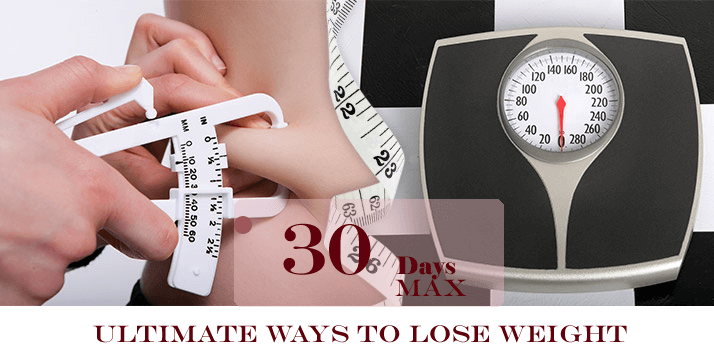
Why your roti, sabzi, and dal might be better than that fancy kale salad.
In the world of Instagram diets and green smoothies, it’s easy to feel like your everyday Indian meals are somehow “unhealthy.”
Not at all.
The truth is: our desi diets are way healthier than we give them credit for.
1. Roti Isn’t the Enemy
Somewhere along the way, people started saying carbs are bad—and poor roti became the villain.
But let’s be real: roti is not the problem.
The issue is how much we eat, what we eat it with, and how active our lifestyle is.
Whole wheat rotis give you fiber, slow carbs, and energy.
Bajra, jowar, and ragi rotis? Even better for digestion and rich in minerals.
Pair it with sabzi, dal, and a spoon of ghee—and that’s a solid, balanced meal.
Tip: Eat 1–2 rotis mindfully with lots of sabzi. You don’t need to “cut carbs”—you just need to balance them.
2. Dal = Protein Powerhouse
Think protein only comes from eggs or whey powder? Think again.
Your everyday dal—arhar, moong, masoor—is full of plant-based protein, iron, and fiber. When combined with roti or rice, it gives you a complete protein profile, just like meat or dairy.
Plus, dal is light, easy to digest, and full of love (especially when your mom makes it, let’s be honest).
Tip: Add a bowl of dal to at least one meal daily. Moong dal khichdi on tired days is not just comforting—it’s healing.
3. Sabzi = Vitamins on Your Plate
A bowl of mixed vegetable sabzi is basically your daily multivitamin—without the capsule.
We just forget this because we see it every day.
Lauki, tori, bhindi, spinach, pumpkin, gobhi—these are rich in antioxidants, fiber, and micronutrients. Lightly cooked in mustard oil, coconut oil, or ghee? Even better.
Tip: Eat the rainbow. The more colors in your sabzi, the better for your gut and skin.
4. Rice Isn’t a Villain Either
Poor rice—another desi food that gets unfairly blamed.
But white rice, especially when eaten with dal or sabzi, is soothing, filling, and easily digestible. It’s also ideal for those with sensitive digestion, kids, or elderly family members.
Brown rice is great too—but don’t force it if it doesn’t suit your stomach. Health isn’t just about “high fiber” or “low calorie”—it’s also about comfort, digestion, and tradition.
Tip: Control portion size, not the ingredient. Add a spoon of ghee to make it more nourishing.
5. Spices That Heal, Not Just Flavour
Indian food is loaded with natural medicine—and we don’t even realize it.
Haldi (turmeric) for inflammation
Jeera (cumin) for digestion
Hing (asafoetida) for bloating
Ajwain for cramps and gas
Ginger and garlic for immunity
Your spice box is actually your kitchen pharmacy.
Tip: Cook your food with love and spices. Ayurveda knew what it was talking about.
6. Curd, Chaas, and Ghee Are Good Fats
While the world buys probiotic drinks, we’ve had dahi, chaas, and ghee for centuries. These are natural, gut-friendly, and loaded with healthy fats or live cultures.
No need to fear them—just keep it moderate.
Tip: Add dahi to lunch, sip chaas in summer, and use ghee instead of processed oils for tempering.
What Actually Makes Desi Diets Unhealthy?
Let’s be honest—it’s not our sabzis or rotis that harm us. It’s:
Eating too much fried food (samosa, pakoda, street chaat) daily
Using refined oil again and again
Skipping veggies and overloading on carbs
Lack of physical activity
Eating too fast or too late at night
If we fix how we eat and how much, our traditional meals are not just good—they’re great.
Final Thoughts: Trust Your Thali
You don’t need to spend thousands on imported foods to be healthy.
Your simple thali—dal, roti, sabzi, chawal, dahi—is more balanced than many “diet plans” out there.










